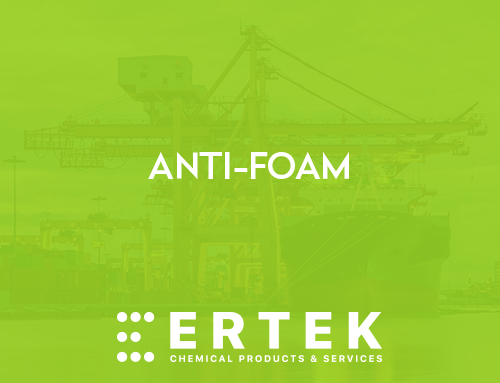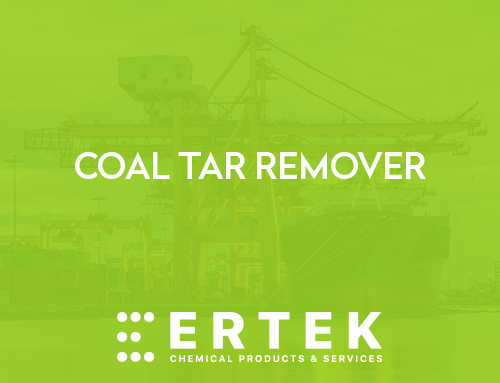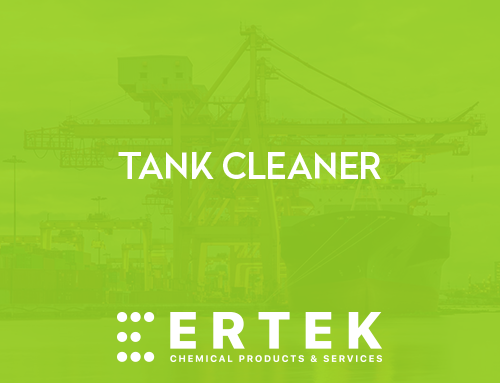DESCRIPTION
“ER-CLEAN SAFETY” is a detergent based general cleaner with natural pH.
It is specially formulated for removing vegetable oils, animal oils, fats and light mineral oils from aluminum and/or zinc-silicate coated tank surfaces. It can be also used as a hydrocarbon remover.
APPLICATION, FEATURES & BENEFITS
- Based on highly efficient dissolving and low foaming non-ionic surface active agents.
- Effective cleaner for lube oils, gas oil, hydrocarbon and chemicals.
- Also used for cleaning of phthalates, paraffin as well as obnoxious smell.
- Suitable for cleaning tanks coated with Zinc-Silicate coated tanks and all common metals.
- Used also as Hydrocarbon Remover.
- General cleaner to remove dirt on deck and outer surfaces of the vessels.
- Does not contain nonyl phenol ethoxylates or other estrogenic compounds.
- Contains no solvents, acids, alkalis and phosphates.
- Causes no danger to human health and to the environment.
- Suitable to use with seawater.
DIRECTIONS FOR USE/ APPLICATION RATES AND DOSAGE RATES
Pre-wash:
Before cleaning tanks with ER-CLEAN SAFETY it is recommended, especially for non-drying oils, to pre-wash the tanks with hot water at 50°C. For drying oils and semi-drying oils the pre-cleaning should be made with cold water and it should be carried out immediately after completion of discharge of the cargo, in order to retard the oxidation and hardening of oil residues.
Recirculation method:
A chemical solution should be prepared in an empty slop tank or one of the after tanks near the pump room, and recirculated via the automatic tank washing system pump and heater to the tank from where the chemical solution is returned to the slop tank via the stripping line. In certain ships it may be necessary to make a temporary connection between the slop tank and tank washing pump and onwards to the tank washing system heater, in order to maintain the temperature of the chemical solution. The capacities of the slop tank, the pipelines and pumps etc. should be calculated carefully to ensure sufficient volumetric quantity for a continuous recirculation of the chemical solution. Depending on the size and condition of the tanks to be cleaned as well as the quantity of the chemical solution, a drawback in this method is, that usually only 3 (three) tanks can be cleaned properly with one chemical solution after which a fresh chemical solution should be made and heated before cleaning can continue. Depending on the degree of contamination ER-CLEAN SAFETY should be recirculated as a 0,5-3% solution for a period of 2-6 hours. The water temperature should be approx. 35-60°C. After completion of the recirculation period the tanks must be rinsed thoroughly with water.
Product as diluted at suitable ratio mentioned above can be also applied by brushes, mops on the surfaces.





